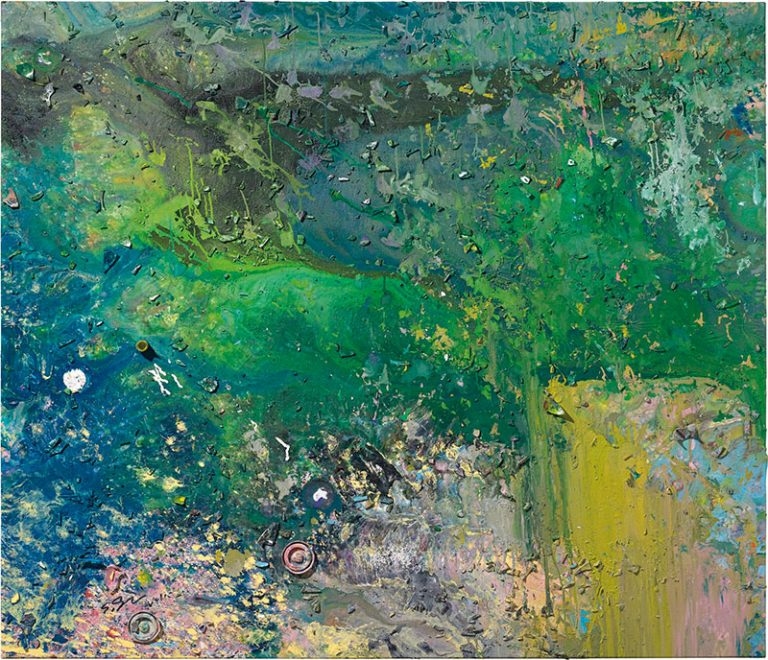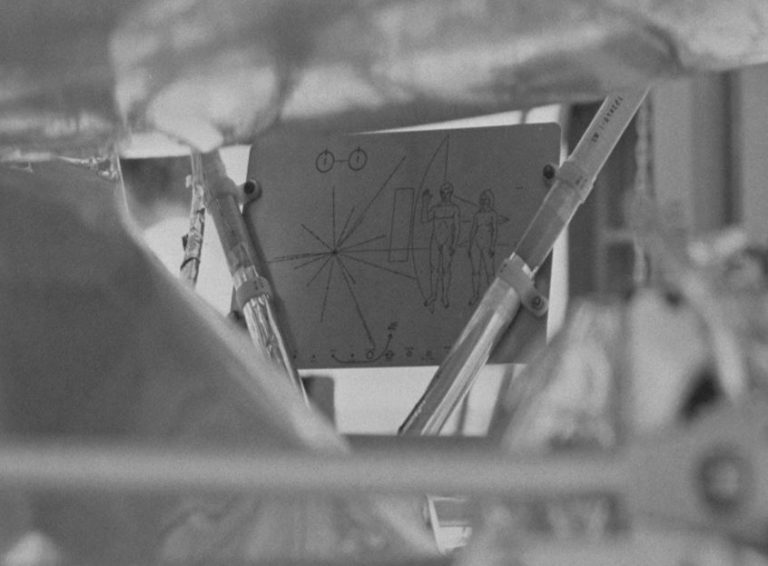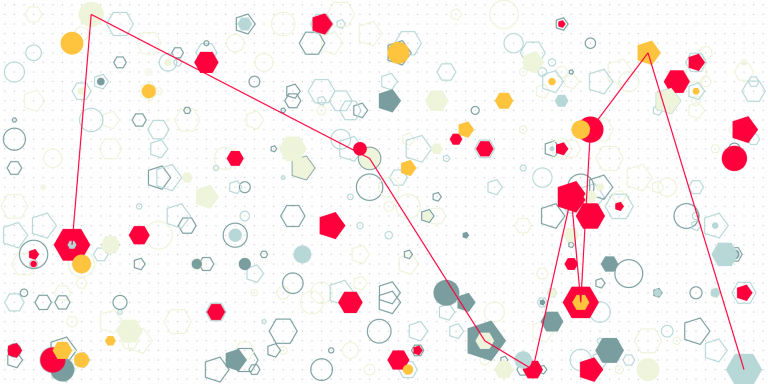Definition Networks and Their Purpose
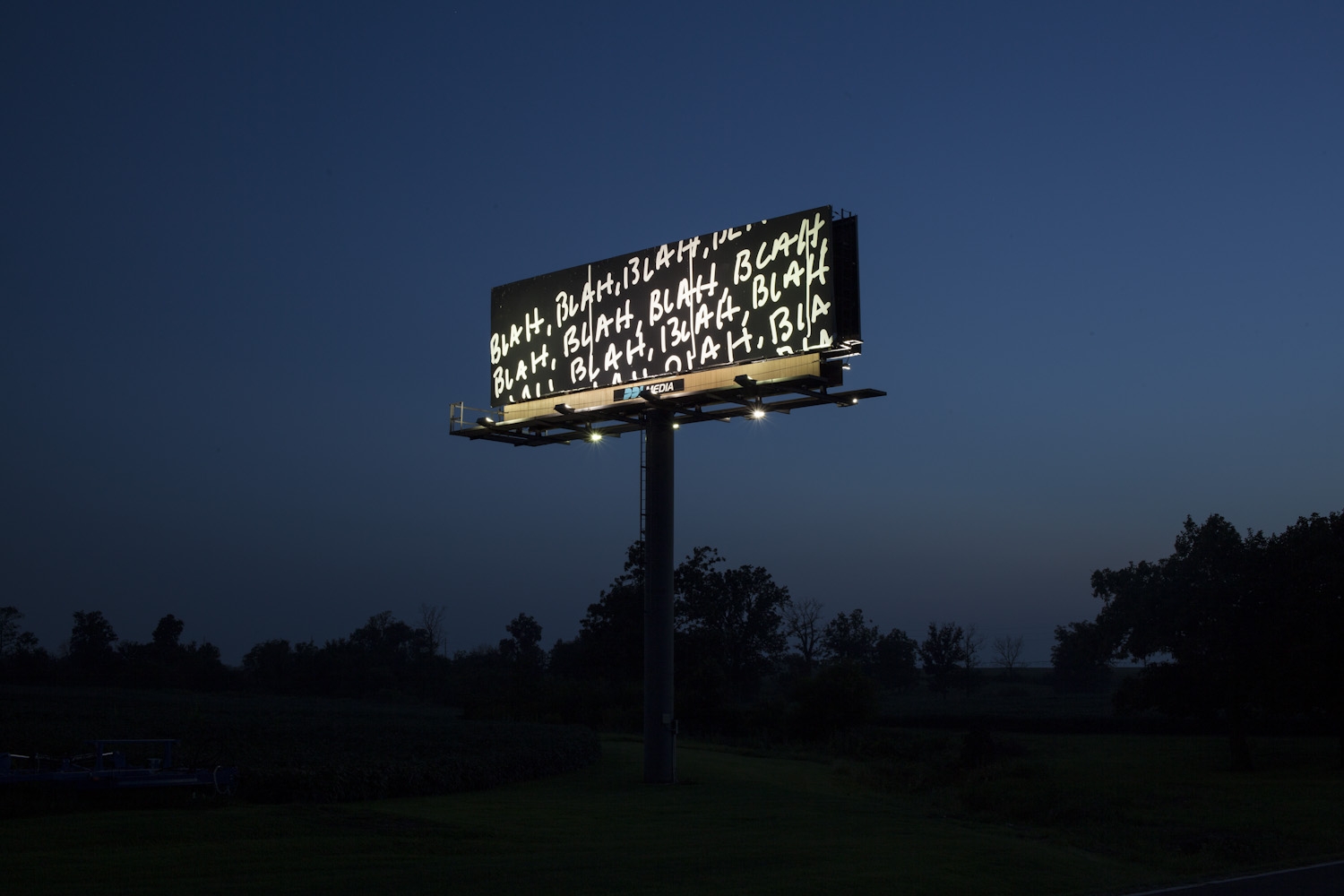
A Definition Network, as its name says, is a network. In it, each node is a definition of a term, and each edge is directed from the term that depends on another: if the definition of term A mentions term B, then there is an edge from B to A, and it reads that A depends on B. Edges show how terms depend on each other. When making and changing definitions, a Definition Network is used to identify terms impacted by changes, so that changes can be propagated. If I change the definition of B, the Definition Network says that I should also check if I should change the definition of A. It should be obvious that a Definition Network can be made for and from any list of definitions.
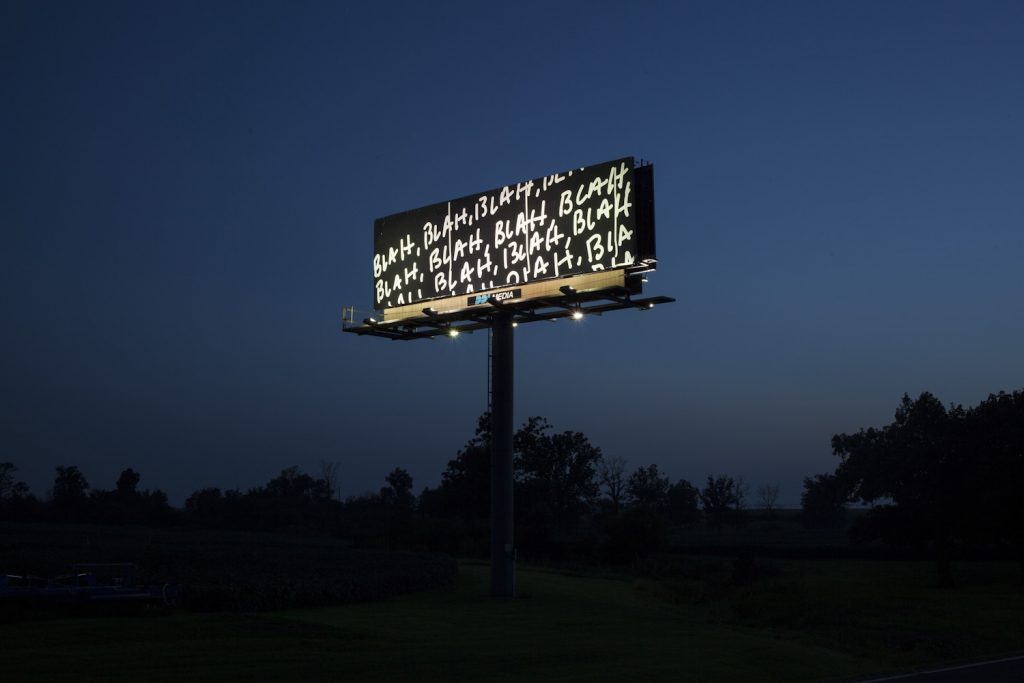
More specifically, any node is labeled by a pair, made of a definiendum or term, and definiens, or that which defines the term:
- definiendum (plural is definienda), also known as term, which is a word or phrase that you use to name the thing or idea you are defining, and
- definiens (definientia) is an account about the things or ideas you are defining; it should ideally be such that, if you know the definiens, and you see an actual instance of the thing it defines, or you think the idea it defines, then you will know how to name it, that is, you will know that this is something to call by the term.
A definition states the equivalence of definiendum (term) and definiens. If you and I agree on a definition, then we agree that, whenever either of us mentions the term, we also mean the definiens we agreed for it, not something else.
For example, if I take the WordNet definition for “grizzly”, I get the following:
(n) grizzly, grizzly bear, silvertip, silver-tip, Ursus horribilis, Ursus arctos horribilis (powerful brownish-yellow bear of the uplands of western North America)
Let’s say the pair (grizzly, powerful brownish-yellow bear of the uplands of western North America) is my first node in a Definition Network. I can then add the definition of “powerful” as a second node, a definition of “brown” as a third, “yellow” fourth, and so on. The order is not important.
(powerful, having great power or force or potency or effect)
(brown, an orange of low brightness and saturation)
(yellow, yellow color or pigment; the chromatic color resembling the hue of sunflowers or ripe lemons)
You get the point. It is not hard to grow a Definition Network, simply because it is implied and obvious really, whenever there is a set of definitions.
If, now for some reason, I changed the definition of yellow as follows, I would need to also revise the definition of grizzly – by changing the definition of yellow from WordNet, I would stop adhering to WordNet, and I would need to make many changes to definitions of terms I want to use. In reality, by doing so, I would be starting to use a language that has a different vocabulary than English as in WordNet.
(yellow, the chromatic color resembling the hue of the sea on a clear day)
If I defined yellow as above, either I’d be seeing grizzlies that are brown-blue to everyone else, or I’ll need to change the definition of grizzly, if I’m seeing grizzlies the same way as most other people. A simple change would be to say that all grizzlies are brown only, as follows:
(grizzly, powerful brown bear of hte uplands of western North America)
Of course, most people who know something more than that definition about grizzlies would disagree, which would beg the question of why I’m trying to have a different definition of the term “grizzly” in the first place.
The point, however, of this silly example is to show that if you have a Definition Network, and you change one definition in it, there are implications on any term that depends, directly or indirectly on the term whose definition you changed. There are many interesting things to say about how to deal with these implications of changes, and I’ll cover some of these in other texts.
A special kind of Definition Network is one where at least one of the terms has a new definition relative to how the term is usually understood; for “usually understood”, we can take its dictionary definition, or a definition which comes from a specialized glossary, in case the term is part of a technical language. When teams innovate, and thus create new definitions for known terms, or create neologisms and define them, they are creating, even if implicitly, a New Definition Network.


